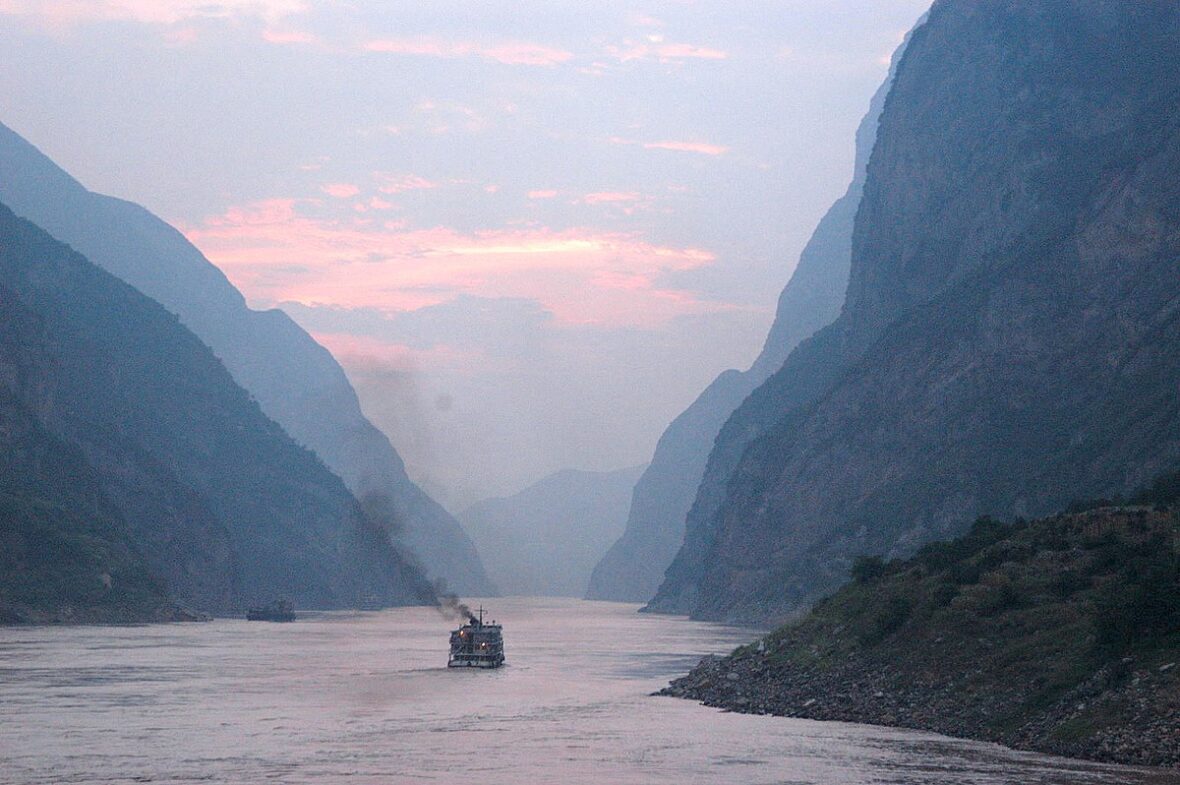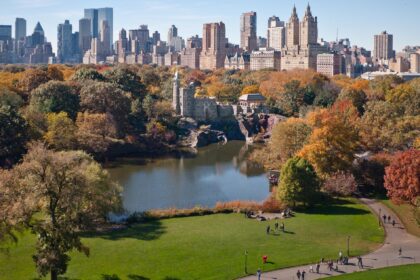The are plenty of lengthy rivers across the globe, but Asia’s crowning jewel in this regard is, of course, the Yangtze! A hugely important river for trade as well as for crop growing, it’s one of the longest rivers in the world, though it has – sadly – struggled with pollution in recent years. However, Chinese authorities are more aware of problems facing the stretch than ever before. Take a look below for 30 amazing and fun facts about the Yangtze River.
1. The Yangtze River is also known as the ‘Chang Chiang.’
2. The source of the river is at Mount Geladandong in the Tanggula Mountains at a height of 5,042 feet.
3. One third of the population of China live in the Yangtze Basin.
4. For over 2,000 years, the river has been important as a transportation facility for agricultural and other manufactured goods.
5. This river is the third longest in the world, running for 5,263 kilometers (3,720 miles). It’s also the longest river in Asia.
6. However, the word ‘Yangtze’ means ‘longest’!
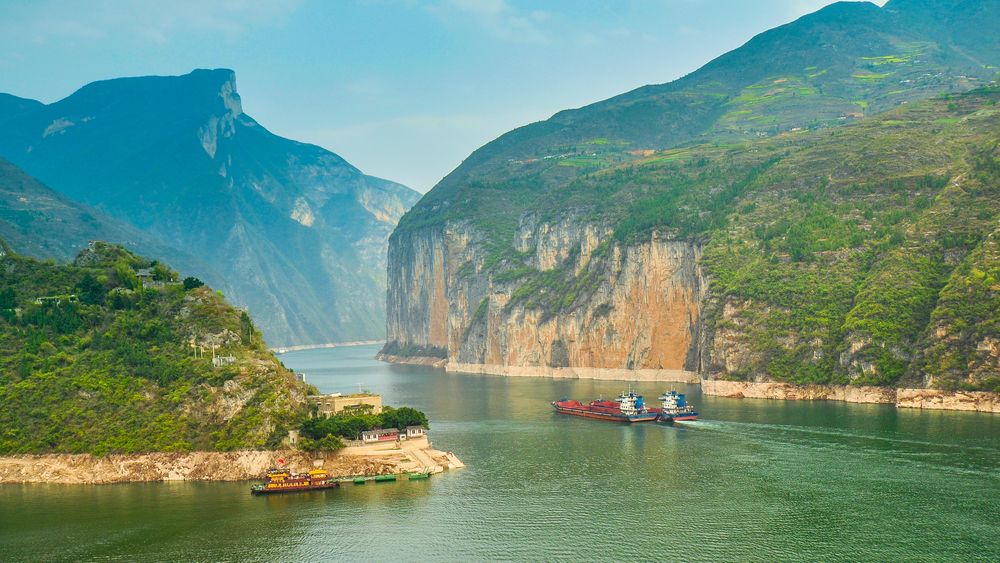
7. The world’s biggest dam is situated on this river. It is called the ’Three Gorges Dam’.
8. The ‘Tiger Leaping Gorge’ on the Yangtze is one of the world’s deepest, most dramatic gorges, with a maximum depth of 12,434 feet (3,790 meters)!
9. In 1993, construction began to block part of the area to create the new dam. Then, in 1998, a hydroelectric installation was constructed alongside the dam.
10. Seven tributaries join this river before its estuary flows into the South China Sea.
11. The river is considered to be a natural division between northern and southern China.
12. The watershed area of this river is approximately 695,000 square miles.
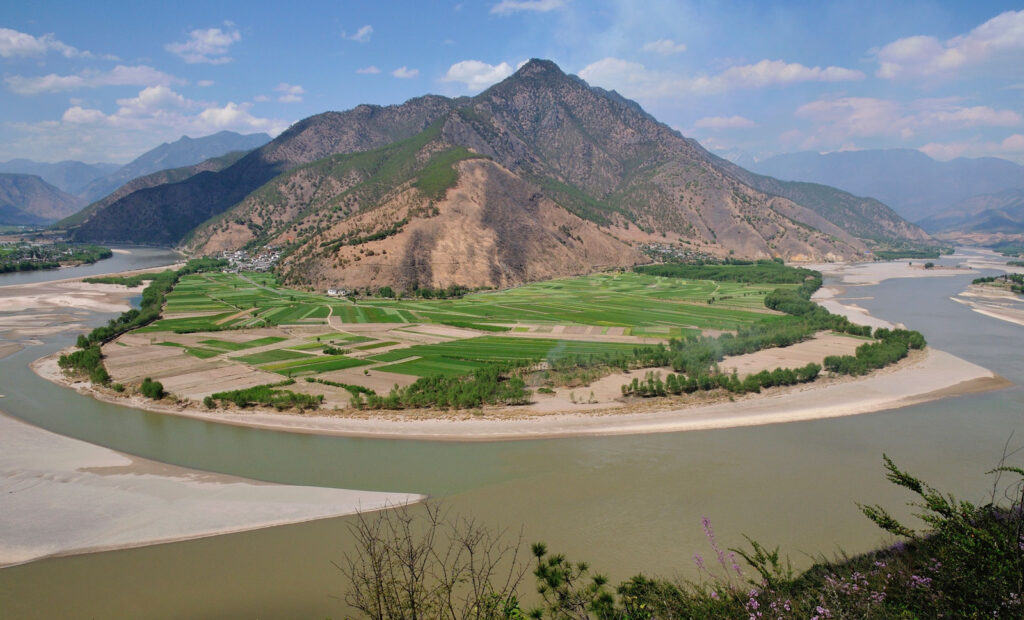
13. The earliest evidence of humans living alongside this river date back 27,000 years!
14. 70% of grain grown near the river is rice.
15. Wheat, corn, cotton, barley, and beans are also grown in regions by the river, which is sometimes used to clean and transport these crops.
16. Ocean-going ships can travel up to 1,000 miles into the country via the river, with smaller boats having much further access.
17. The river valley floods annually, but inhabitants are usually able to remain there due to a series of dikes giving them platforms for safety from the water.
18. Serious devastation due to flooding has occurred multiple times, in 1931, 1935, 1954 and 1998.
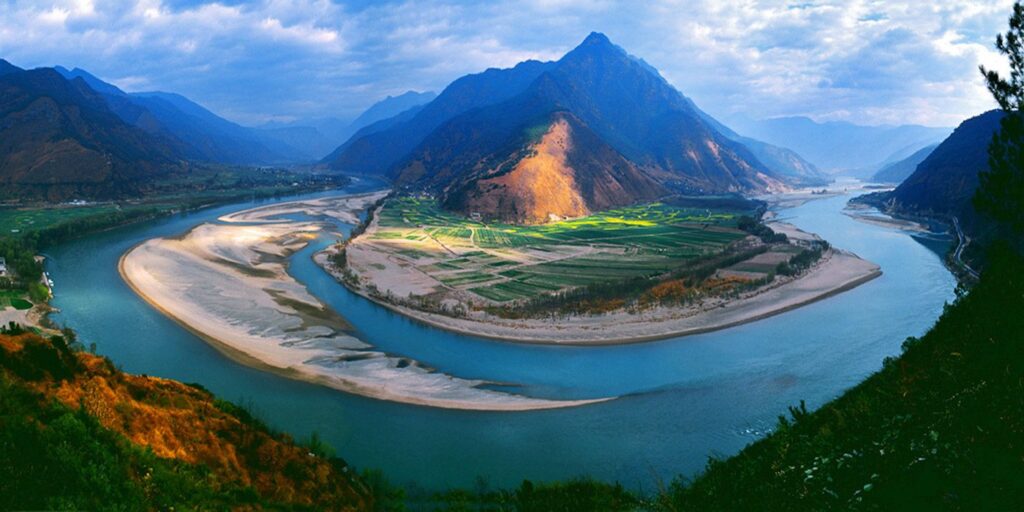
19. In 1957, the first bridge across the river was constructed. Now, over a hundred bridges exist to provide access from one side of the river to the other.
20. To the west of Chengdu City, by the river, is the oldest ‘dam free irrigation system’ in the world.
21. First maps made by Western makers showing the river gave it a different name. Marco Polo, for example, named it ‘Quian’ or ‘Quiansiu’.
22. Different settlements along the river’s path give it different names. ’Blue River’ is one of the most famous.
23. Various nature reserves are established in different locations along the river.
24. A major problem in parts of the river is pollution. Pesticides and the use of other chemicals from industry, together with waste from conurbations, affect the quality of the water. Waste material dumped from vessels using the river is also of great concern.
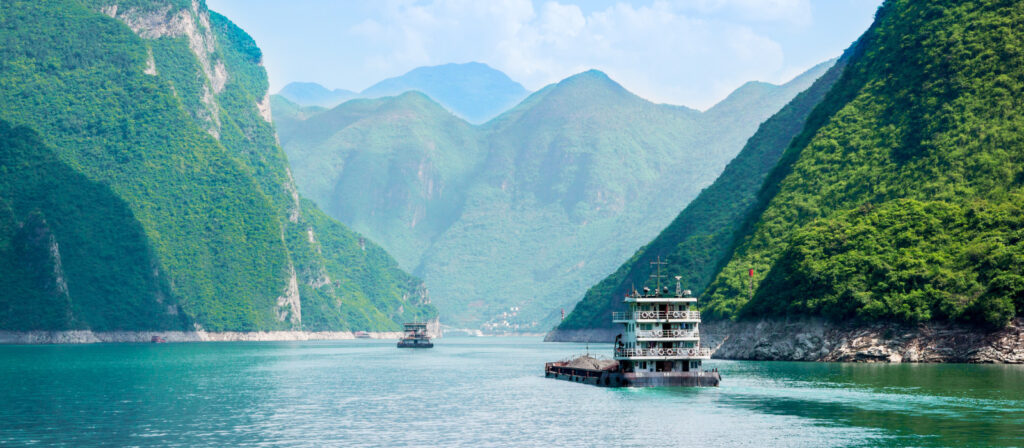
25. A Chinese Government report confirmed that, in 2001, 23.4 billion tons of sewage and industrial waste were dumped in the Yangtze River! This was an increase of 11% from the previous year.
26. Another report confirmed that, in 2016, 35.32 billion tons of waste material were dumped into the river. Much of it emanated from ships and boats, mostly in the form of sewage and general waste.
27. Large amounts of floating waste matter have rendered parts of the river visually unpleasant and have given rise to the growth of blue-green algae. This is contributing to the toxicity of the water, rendering it unsafe to swim in or drink.
28. Chinese river dolphins, also known as Baiji or officially as Lipotes Vexillifer, are no longer found in this river – and are also now on the list of critically endangered species. Chinese alligators, too, are on the list.
29. The demise and serious reduction in numbers of these two animals, is directly attributed to pollution and over fishing in the river.
30. In December 2001, a report revealed that there was serious risk to human life in some areas along the Yangtze, due to the pollution and fish consumption where aquatic life may carry toxic material.

